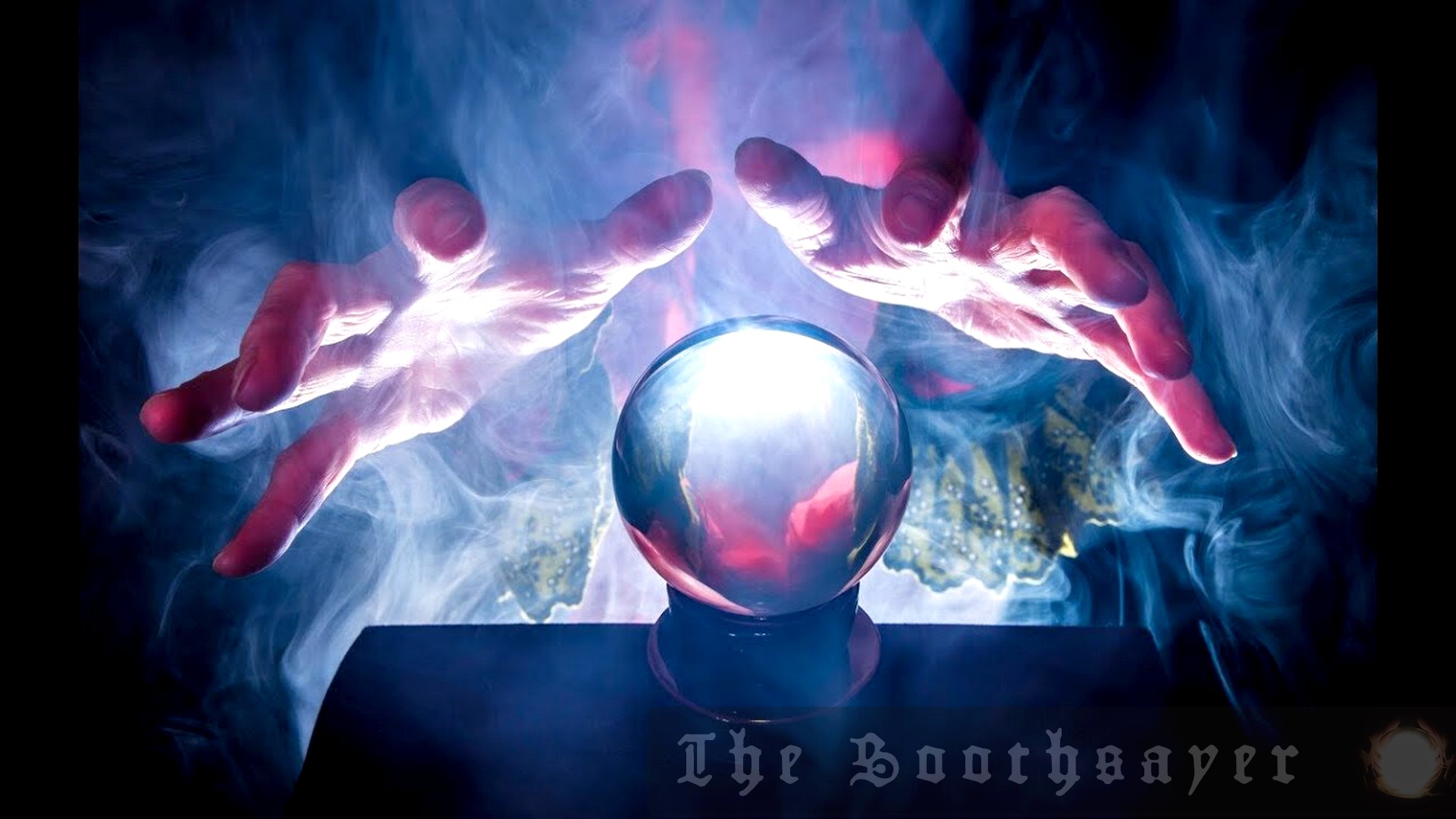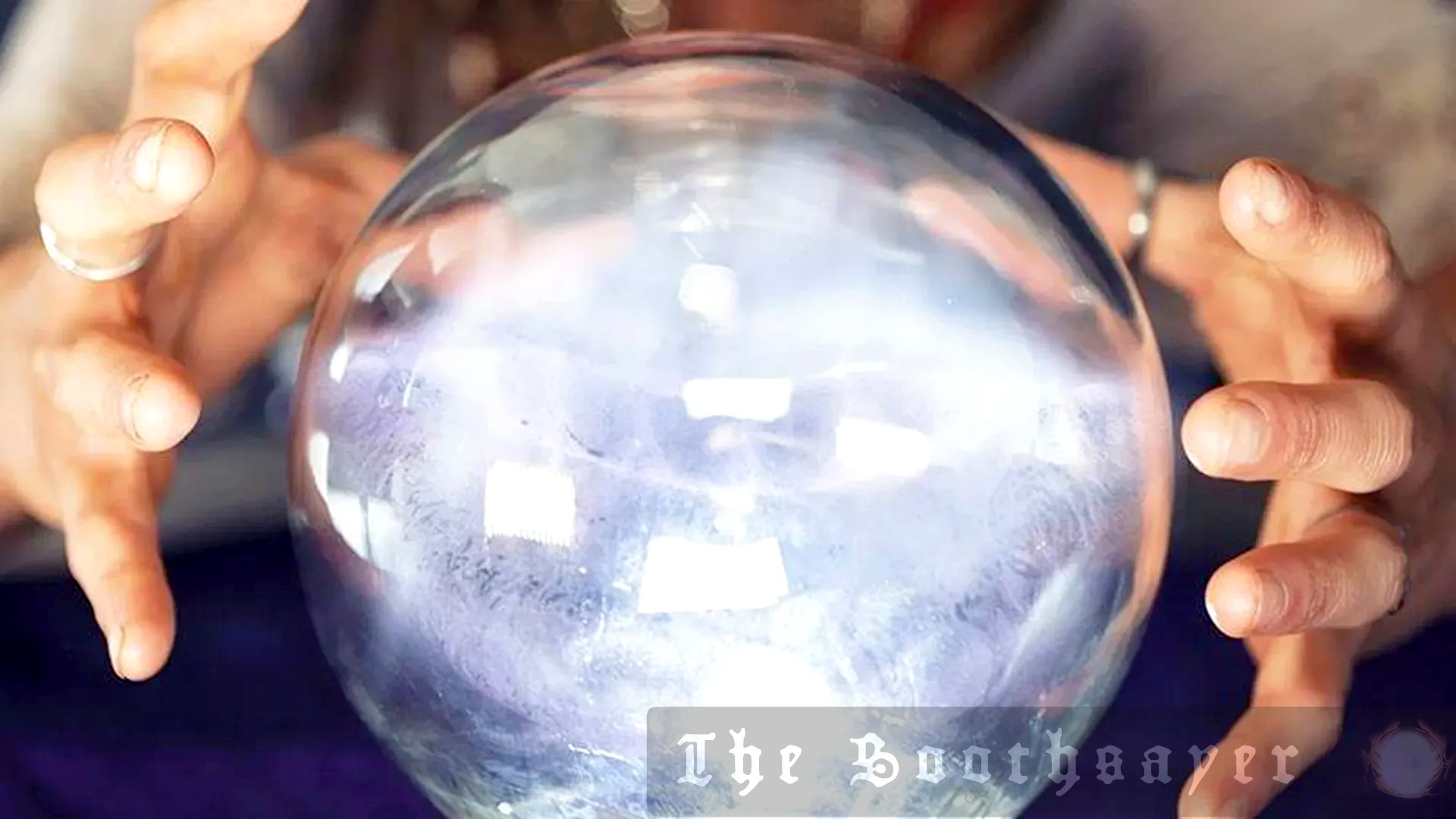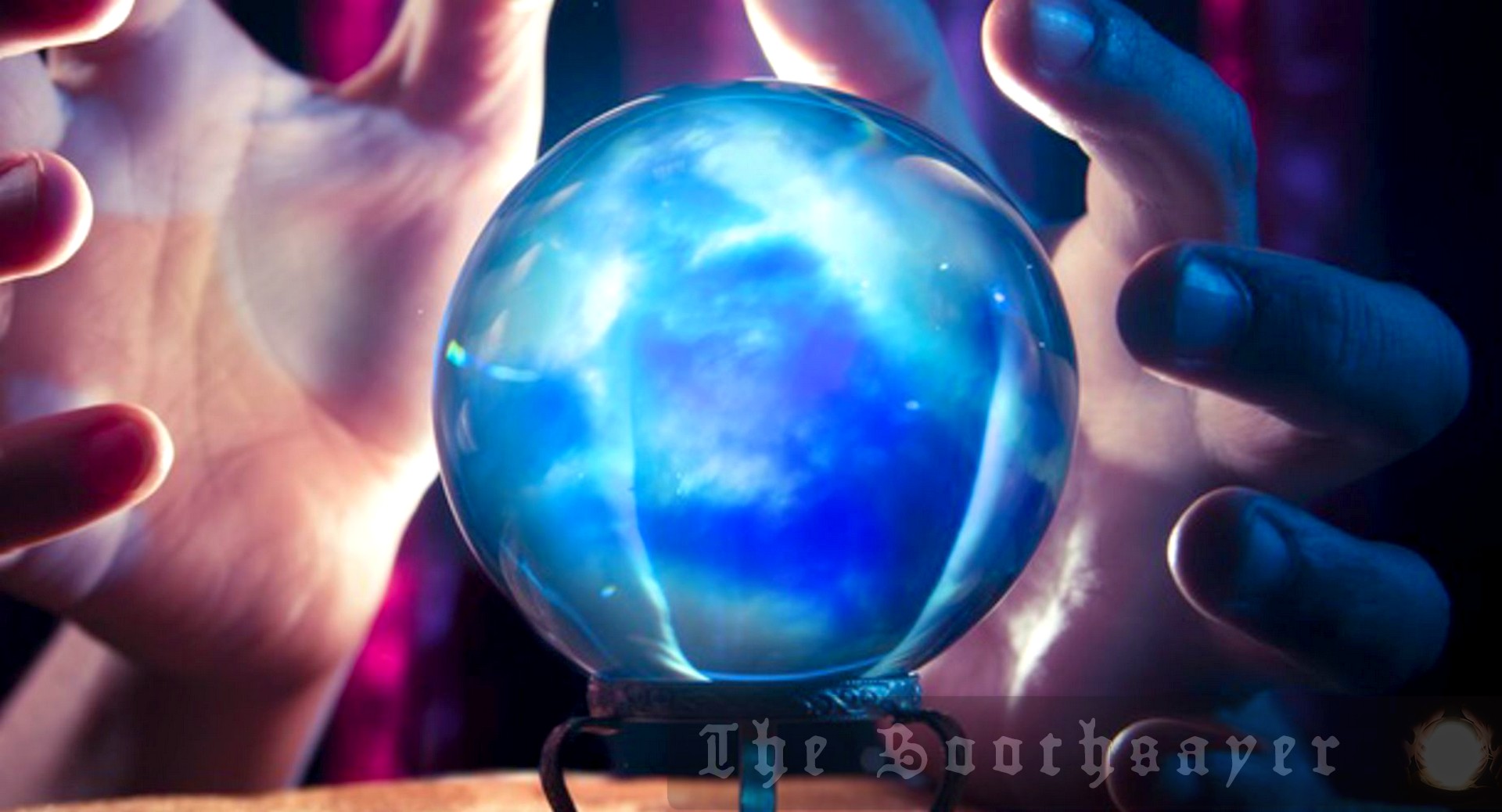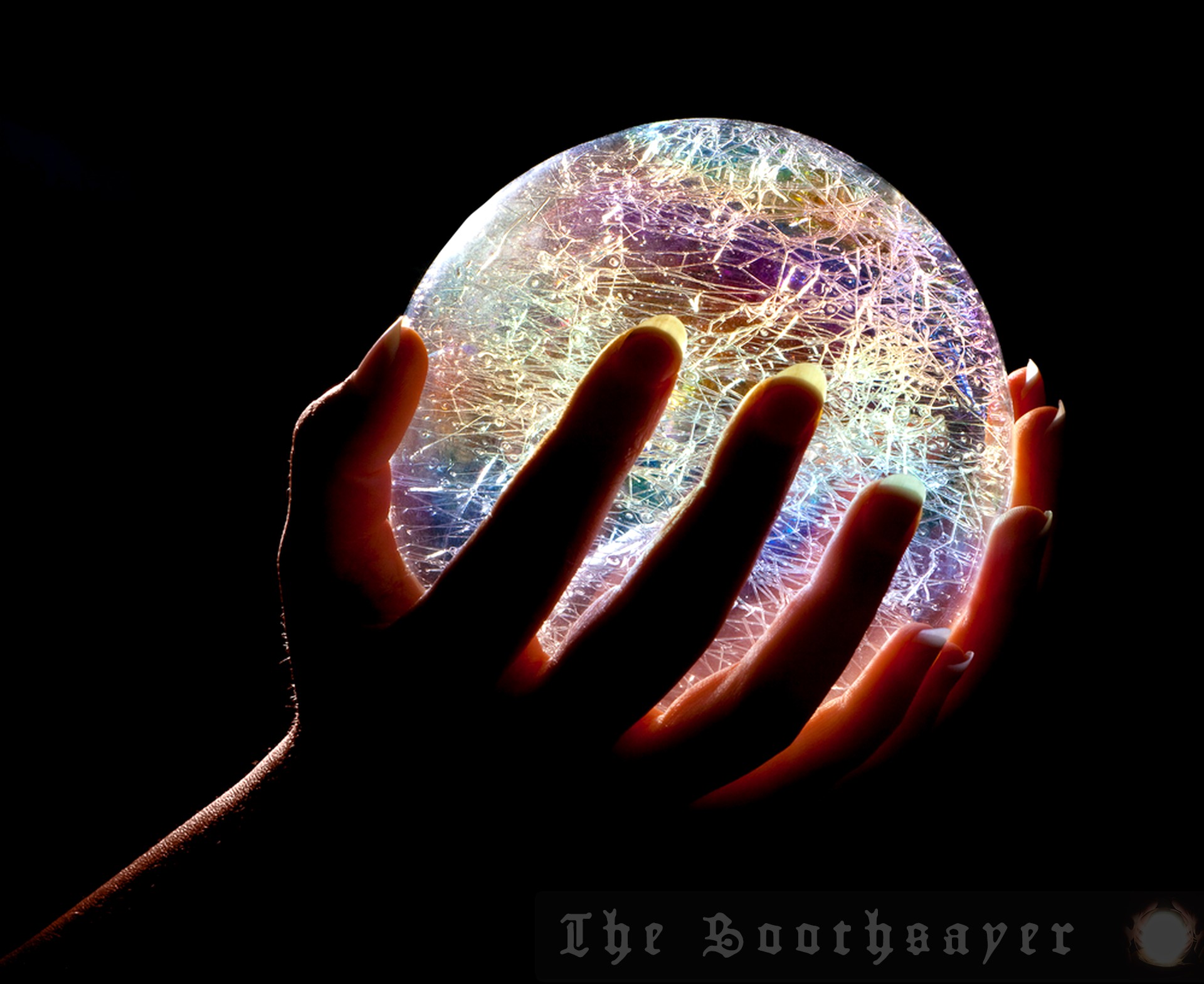Jon Nelson, a marketing professional and father of three, has been living with treatment-resistant depression for years. Despite trying various treatments, he was on the verge of giving up until he opted for an experimental deep brain stimulation procedure. The surgery involved implanting electrodes in his brain to electrically stimulate the brain and change the…
Science on The Soothsayer / page 2
Researchers at the University of Michigan have made a groundbreaking discovery that challenges the long-held belief that organic photovoltaic (OPV) devices degrade under high-energy radiation and sub-atomic particle bombardments in space environments. The study found that OPV cells made from certain materials can withstand such conditions, opening up new possibilities for lightweight, robust, and radiation-resilient…
Physicists in the UK and Austria have made a groundbreaking discovery in the field of quantum communication by entangling thousands of nuclear spins to create a quantum dot qubit. This innovation has the potential to revolutionize quantum communication networks by enabling the reliable storage of entangled states and improving the performance of quantum repeater operations….
Astronomers have made a groundbreaking discovery of a fast radio burst (FRB) originating from an old, dead galaxy, challenging the current understanding of these enigmatic events. The finding suggests that there may be multiple ways to produce FRBs, which could have significant implications for our understanding of the universe. The discovery was made using the…
Physicists at Brown University have made a groundbreaking discovery in condensed-matter research, unveiling a new class of quasiparticles known as fractional excitons. These particles, which defy traditional classification as bosons or fermions, have the potential to revolutionize quantum computing and sensing technologies. The researchers created the fractional excitons using a bilayer structure of graphene and…
Researchers are discovering that chatbots, like humans, have hidden personalities that can influence how they interact with users. This new understanding has sparked a debate in the AI field about the purpose of chatbots and how to design them to be more effective. As chatbots become increasingly sophisticated, they are beginning to exhibit traits like…
Researchers at Harvard University and Google Research have made a groundbreaking discovery in the field of quantum magnetism, observing unexpected behavior at phase transitions between classical and quantum magnetism. The findings, which were made using Rydberg atom and superconducting qubits, challenge traditional theories and open up new avenues for research in quantum computing and many-body…
A massive impact 3.8 billion years ago created two gargantuan canyons on the moon’s surface, carving out a dramatic landscape. Researchers have now analyzed the physics behind their formation, revealing a swift and explosive event that sent rocks plunging into the lunar surface. This discovery opens up new opportunities for scientists to study the moon’s…
A team of international researchers has made a groundbreaking discovery near a supermassive black hole, detecting significant X-ray oscillations that could indicate the presence of a nearby stellar-mass orbiter, such as a white dwarf. The team, led by the Massachusetts Institute of Technology (MIT), observed the extreme supermassive black hole 1ES 1927+654, which brightened by…
Researchers have discovered that the ink of the common cuttlefish contains a compound called melanin that strongly sticks to sharks’ smell sensors, potentially warning them to stay away. This finding suggests that the cuttlefish’s ink has evolved to exploit sharks’ keen sense of smell, which is limited to a narrow range of scents. The study’s…










